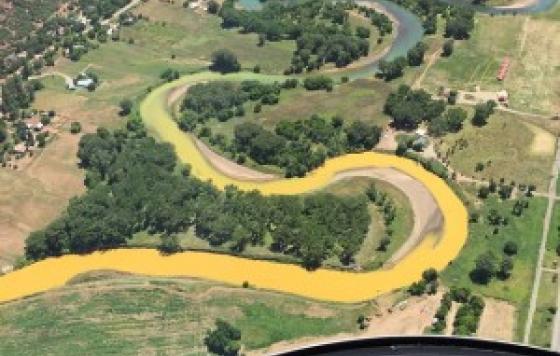The referenced media source is missing and needs to be re-embedded.
Drinking Water Matters
The U.S. Environmental Protection Agency (EPA) released a
“Progress Report” today on its study of potential impacts of hydraulic fracturing on drinking water resources. EPA has undertaken a significant scientific research effort to better understand one piece of the hydraulic fracturing puzzle. It couldn't be more important.
The referenced media source is missing and needs to be re-embedded.
Fracking operations in Pennsylvania
Hydraulic fracturing can affect drinking water in a number of ways. The Study’s various projects (there are 18) take a "life-cycle" approach to potential risks. EPA has engaged in exhaustive stakeholder and expert outreach since the study was first announced in March 2010. The Progress Report describes the Study’s approach and methods and outlines public engagement and other processes for the coming year.
There’s a lot of concern about hydraulic fracturing and drinking water, and a scientific study like this is an important step. It will help us be able to identify threats and to address them. Science should be a key factor in our decisions about technology and policy. We strongly support EPA moving forward aggressively with this Study, keeping diverse stakeholders engaged and sticking to the timeline and announcing results in 2014.
Clean Water Action’s work on drinking water is driven by a concern that, as a society, we worry about drinking water contamination and spend a lot of money and effort to solve drinking water challenges only after they occur. In so many cases, we have not adequately addressed the activities that cause the contamination
and controlled those activities before they ever cause a drinking water problem. The way we grow our food, build our communities, make products and produce energy all cause water pollution and public health risks related to drinking water. Wherever we can, we need to act like drinking water matters before the problems start, not at our drinking water treatment plants.
Right now, there is a justifiable spotlight on the hydraulic fracturing process for extracting natural gas and oil and its potential impacts on both ground water and surface water which can be used for drinking water. This study won’t answer every question and it won’t provide a magic bullet for navigating controversial energy and technology policy issues, but it’s a signal that we’re wiling to apply sophisticated science to understanding the risk posed by oil and gas activities on our drinking water and that’s a positive sign.



